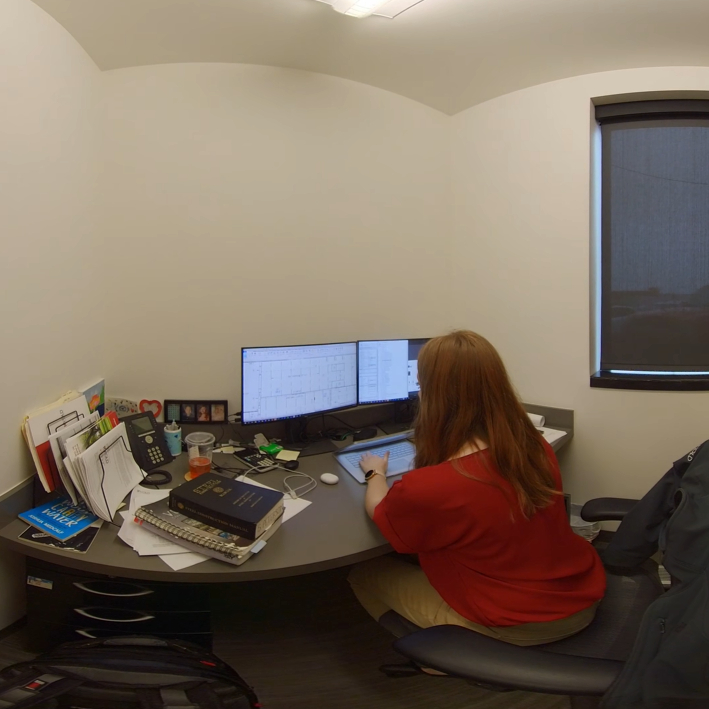 Loading...
Loading...
Initial language selection is based on your web browser preferences.

# Learning Objective Students will learn the details and specifics of a career in civil and structural engineering.{.info} # Discover a Career as a structural engineer{.objective .objective1} **In this 360 video, students will meet structural engineer, Carley Fulcher, and learn more about this technical career path.** A structural engineer designs and analyzes the framework of buildings, bridges, and other structures to ensure they are safe and stable. They use math and physics to calculate the strength of materials like steel and concrete, ensuring that the structures can withstand forces like wind, earthquakes, and heavy loads. To become a structural engineer, you need a bachelor’s degree in civil or structural engineering, followed by licensure as a professional engineer (PE). This typically requires passing exams and gaining work experience. Strong problem-solving skills, attention to detail, and knowledge of materials are key for success in this field. Structural engineers are essential because they ensure that the buildings and infrastructure we rely on are safe and durable. Their work helps prevent disasters and ensures that structures can handle everyday wear and extreme conditions. Without them, we couldn’t build the strong, reliable structures that make modern life possible.